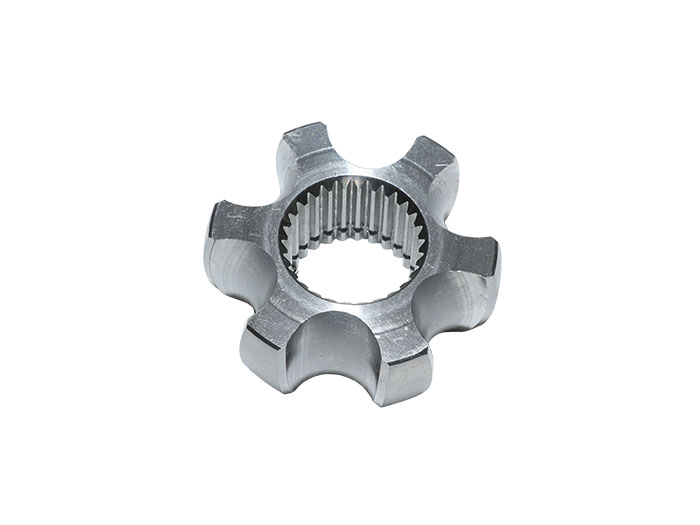The constant-velocity (CV) joint is a vital component of your vehicle's drivetrain that allows the transmission to transfer power to the wheels efficiently. The CV joint inner race is a key part of the joint, responsible for transmitting torque from the transmission to the wheels while also allowing for the flexibility needed in steering and suspension.
In this article, we'll explore the role of the CV joint inner race in your vehicle's drivetrain and discuss the signs of wear and tear that may indicate the need for a replacement.
The CV joint inner race is a part of the CV joint that connects the transmission to the axle shaft. It is a hardened steel ring with a grooved track on the inside that allows it to move smoothly along the CV joint's outer race.
The CV joint inner race is designed to handle high amounts of torque while allowing for a range of motion that allows for the wheels to turn and the suspension to move up and down without causing damage to the joint or other components in the drivetrain.
Signs of Wear and Tear
Over time, the CV joint inner race can experience wear and tear from normal use or damage caused by debris on the road. If you notice any of the following signs, it may be time to have your CV joint inner race inspected by a professional mechanic:
Clicking or popping sounds while turning: A worn CV joint inner race may produce a clicking or popping sound when turning, particularly when making sharp turns.
Vibrations: A damaged CV joint inner race may cause vibrations in the steering wheel or throughout the vehicle when driving at high speeds.
Grease leakage: The CV joint inner race is packed with grease to help lubricate the joint and prevent friction. If you notice grease leaking from the CV joint, it may be a sign of a damaged inner race.
Visible damage: If you can visually inspect the CV joint inner race and notice any cracks, chips, or other signs of damage, it's time to have it replaced.
Replacing the CV Joint Inner Race
Replacing the CV joint inner race requires specialized tools and knowledge, so it's best left to a professional mechanic. During the replacement process, the old inner race will be removed from the joint and a new one will be installed and packed with grease to ensure proper lubrication.
It's important to have your CV joint inner race inspected and replaced as soon as possible if you notice any signs of wear and tear. Failing to do so can lead to further damage to your vehicle's drivetrain, resulting in more expensive repairs down the road.
The CV joint inner race plays a crucial role in your vehicle's drivetrain, allowing for efficient power transfer while providing the flexibility needed for steering and suspension. If you notice any signs of wear and tear on your CV joint inner race, have it inspected by a professional mechanic and replaced if necessary to avoid further damage to your vehicle's drivetrain.
